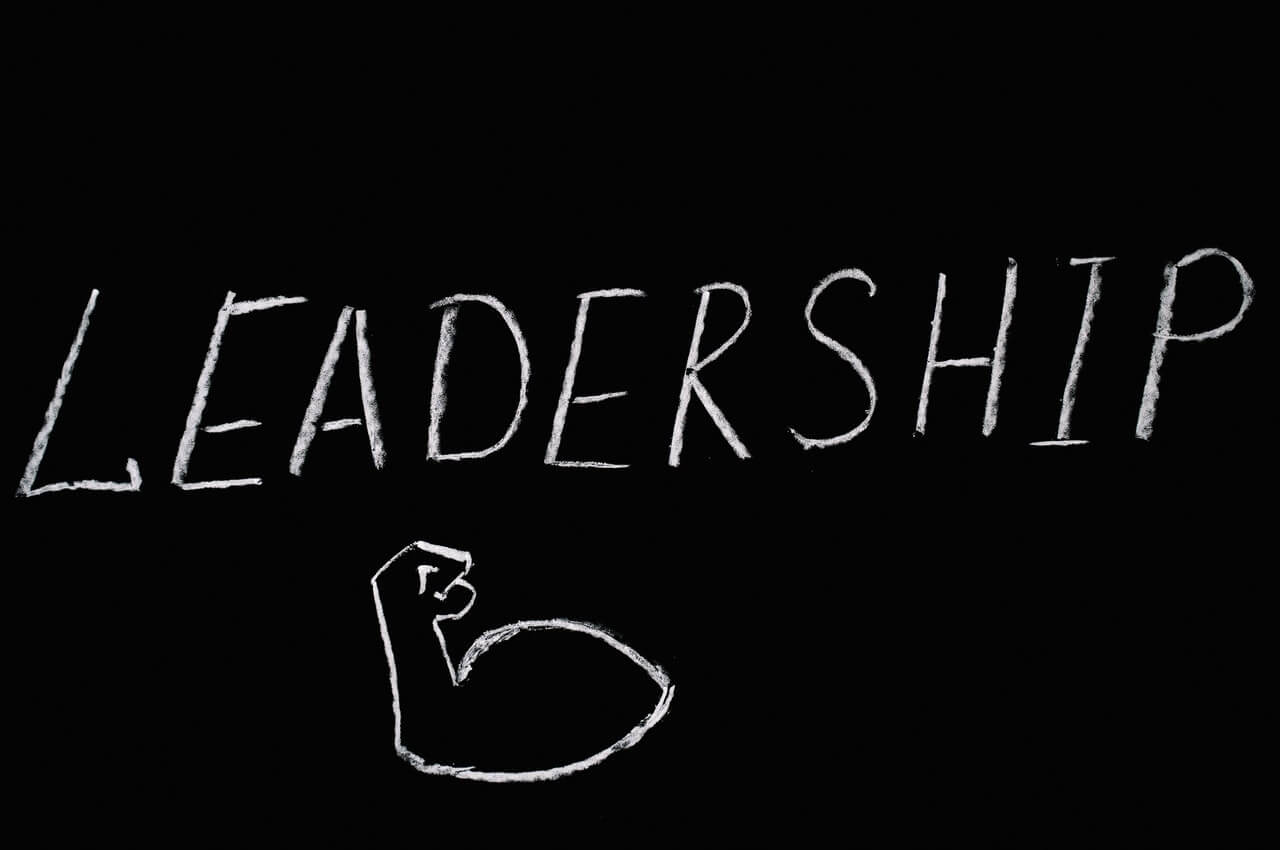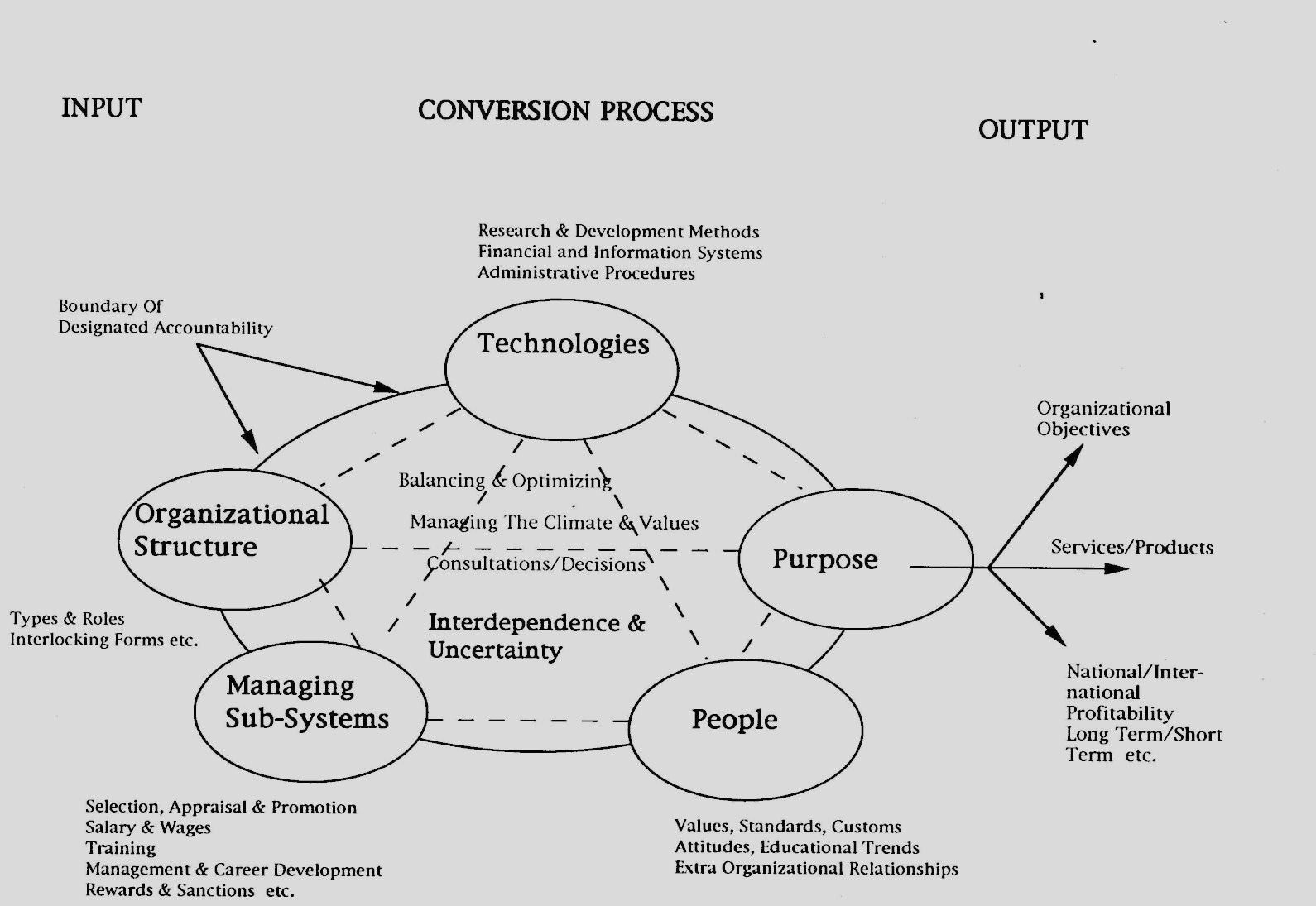(See Part 2 of 3)
Warren Bennis taught me to ask three questions:
- What’s So?
- So What?
- What Now?”
How we handle uncertainty and how we deal with it personally is critical in how we manage change. Given the uncertainty and complexity in our organizations, dealing with ambiguity is a critical skill for consultants. This has been my self-development path for sharpening my consulting skills. Sometimes I have to push myself into this Land Of I Don’t Know because it helps me retain my edge. I have learned not to get too comfortable and certain in my world-view. In consulting, what I think I know always gets me in trouble because it is usually not accurate in the moment. I have a little slice of the picture and recognizing that I can stay open (and I don’t use that word lightly) I can stay open to the moment and there-by access more information.
We learn about our work as OD Practitioners, when we step outside our culture and collaborate with other kinds of communities. Learning and change occur at the boundary between the known and the unknown. We clarify values and beliefs and assumptions, as we see the boundaries around our own thinking and we incorporate those learning’s into our practice. The clearest place to see ourselves is when we step out of the routine and all the assumptions that go with it. As Nevis says in Organizational Consulting: A Gestalt Approach we have a long tradition of marginality that includes neutrality, open mindedness and flexibility. We thrive on conflict, ambiguity and stress. We often facilitate a bridge between systems having differing values and norms which demands a slowing into the awareness moment to allow learning and reconfiguration of the meaning before closing to action. This is imperative learning for OD practitioners.
Sometimes we lose the basics in the “press” of our work. The moments of truth, as practitioners, when we are indeed living our values on the edge are those moments when we see the path to “good practice” and have the courage to move the situation. As OD practitioners we are always pushing ourselves to stay on the cutting edge of our practice and keeping our own character growth in movement because we see this as the foundation of our practice. On the other hand, we have been in this field for 20 years. There isn’t much OD work we haven’t touched. Staying on our own cutting edge means getting way outside our comfort zones. We had to find our own edge, our own frontier, we had to venture into, what for us was a wilderness, never mind that the wilderness was into cultures many thousands of years older than our own. Kierkegaard said that to venture causes anxiety; not to venture is to lose oneself.
By putting ourselves “beyond the edge” of our comfort zone, beyond the edge of what is known to us, we have discovered assumptions we are carrying that no longer serve and core assumptions that guide our practice. What appeared to be an outward journey, to seek out new lands, new projects, turned out to be an inward journey of the heart, mind and soul. We went to celebrate the unknown and learned to appreciate the unknown in our own spirit. We found new aliveness at the edge of discovery and growth.
When one crosses from the land of I know into the land of I don’t know they have to attain a beginners mind, to be non-judgmental and to go into situations admitting that they know nothing at all. ” Experiences like this helps us understand what is of real value to us. These life experiences reframe who we are, and create a space to re-examine everything and discover those moments when we can’t take anything for granted and through those moments we are changed. We say we are change agents, and we are all the time leading people into the wilderness. We take clients into the unknown all the time and we need to foster a direct experience of it ourselves.
Venturing into developing nations or any form of the unknown is a robust methodology for developing servant leadership, understanding the formation of groups, the nature of intact community, the power of reflection, dialogue and journaling and how it reveals core values about our work and purpose. It certainly has deepened our appreciation for our client’s courage to go into the unknown with us.
—————————
For more resources, see the Library topics Consulting and Organizational Development.
———————————————————————————————————–
Jim Smith has over 40 years of organization development experience in a wide range of organizations. He can be reached at [email protected]











